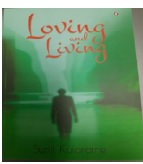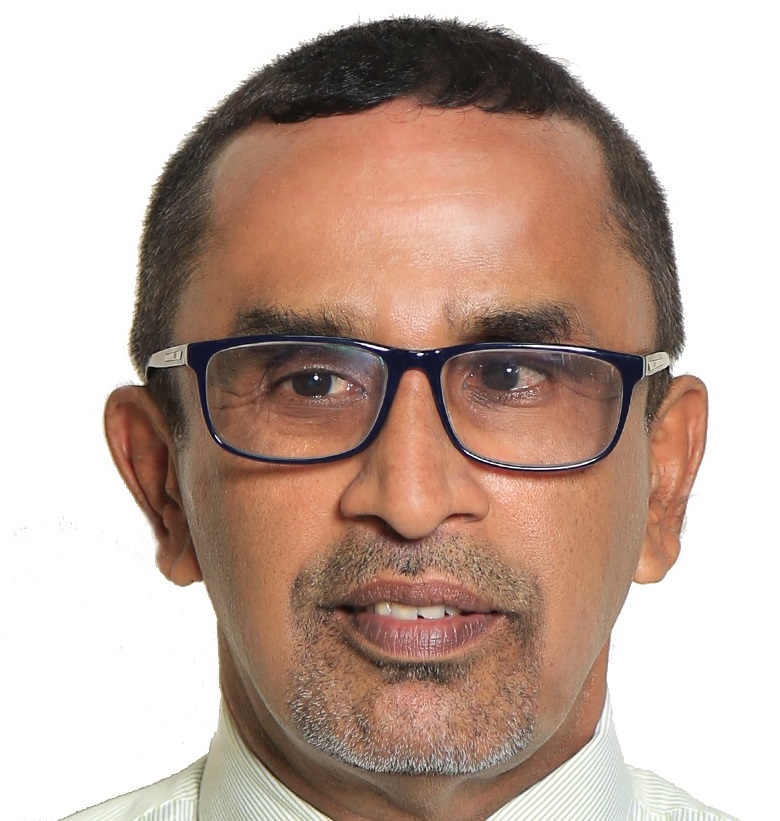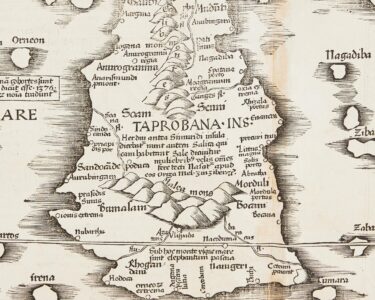Loving and Living: A half- century and more by Sunil Kularatne

Sunil Kularatne has come of age!
Committed family man in the capacities of son, brother, husband and father, Senior Lecturer in English, Dean, Faculty of Education at the University of Vocational Technology are some of the attributes that have endeared him to us over the years.And now, Dr. Kularatne, together with Sarasavi Publishers, has reached the bookshelves with his latest publication, Loving and Living, a multiplicity in itself like
the author himself! This work is perhaps the culmination of a life and a career, since it maps the courageous path that he has taken, looking back upon which one realises that he has successfully secured his chosen aspirations.Largely a memoir in content, Loving and Living nevertheless connects with parallel genres – bildungsroman and autobiography. Life experiences, thinly disguised and recognizable to those in the know, have been presented through the first- person narrative form. The onset of the narrative marks the beginning of the married life of the narrator’s parents:The age difference between my father and mother is eighteen years and I have heard that she was just 18 years old when she was given in marriage to my
father who was 36 years old at that time. I don’t know whether it is true because I was not born at that time.True to the style of a memoir, there are other such accounts that enable the narrator self- discovery through the study of his family. AND, in many of these, an unmistakable sense of humour enlivens the reader!
I became notorious at home for selling some exercise books to buy short eats. was nicknamed ‘pattice’ at home as a result.

Kularatne’s is a truly Sri Lankan narrative, with language- related idiosyncrasies and genuine Lankan pronunciation absorbed into its content. Here, for instance, he reminds us that except for a few, Sri Lankans usually eat ‘pattice’ and not ‘patties’!
In Loving and Living, timeless realities to do with family and village life have been shared and it is up to the reader to relate to these in his or her own terms. Time and again, we have been subjected to these, and have had our share in them within family
and social domains:
We turned to the left and passed two houses on left and right to the location where there was the co- operative shop and two boutiques. The big people usually gathered there throughout the year. They used to solve all social and political problems in their conversations. It is segments such as the one below that let us join the narrator, who brings back memories of our childhood: isiting the two houses of Loku Mama and Podi Mama was one major activity during the period of New Year. They too were kindly treating us, and at departure, when worshipped, a coin of ten cents or fifty was given to us. As I moved my head up, I awaited with the unfolded hand to collect the coin.
One main purpose of that visit was to collect that coin.Largely autobiographical, Loving and Living nevertheless can be a beacon of encouragement to the upwardly mobile youth in any land. The challenges that the author has faced at different stages of his life- journey can be internalized, there by gaining impetus for reaching goals that the reader has set out to achieve:I worked, among others, with his family members in addition to the elderly workers who were hired on daily wages. The attendance of each day was recorded in a book by Gunapala Aiya. He was the Accountant. I got paid regularly and brought money home. This did not interrupt my schooling and studying on any considerably damaging scale. Loving and Living also plays a documentary function the way a good memoir does. Lankan events of socio-political significance have been recorded for posterity, as witnessed by the narrator and family, within some of which family members too have played their role, with interesting interconnected parallels!
I have heard that my father had been a member of the agriculture team that introduced potato cultivation to the country, starting from Boralanda farm, and planting paddy in straight lines or “nera kramaya”. He has actively worked in that field, I mean Agriculture at that time, while producing children also in a
straight line, with perfect gaps in- between.Loving and Living is an effort of love, courage, and fondness for the landscape within which the author gained maturity over a span of five decades. It will be warmly received by the readers as the latest addition to the body of Sri Lankan writing in English, a unique personal narrative of larger- than- personal significance.
Dr. Chandana Dissanayake
Faculty of Social Sciences and Languages
Sabaragamuwa University of Sri Lanka







